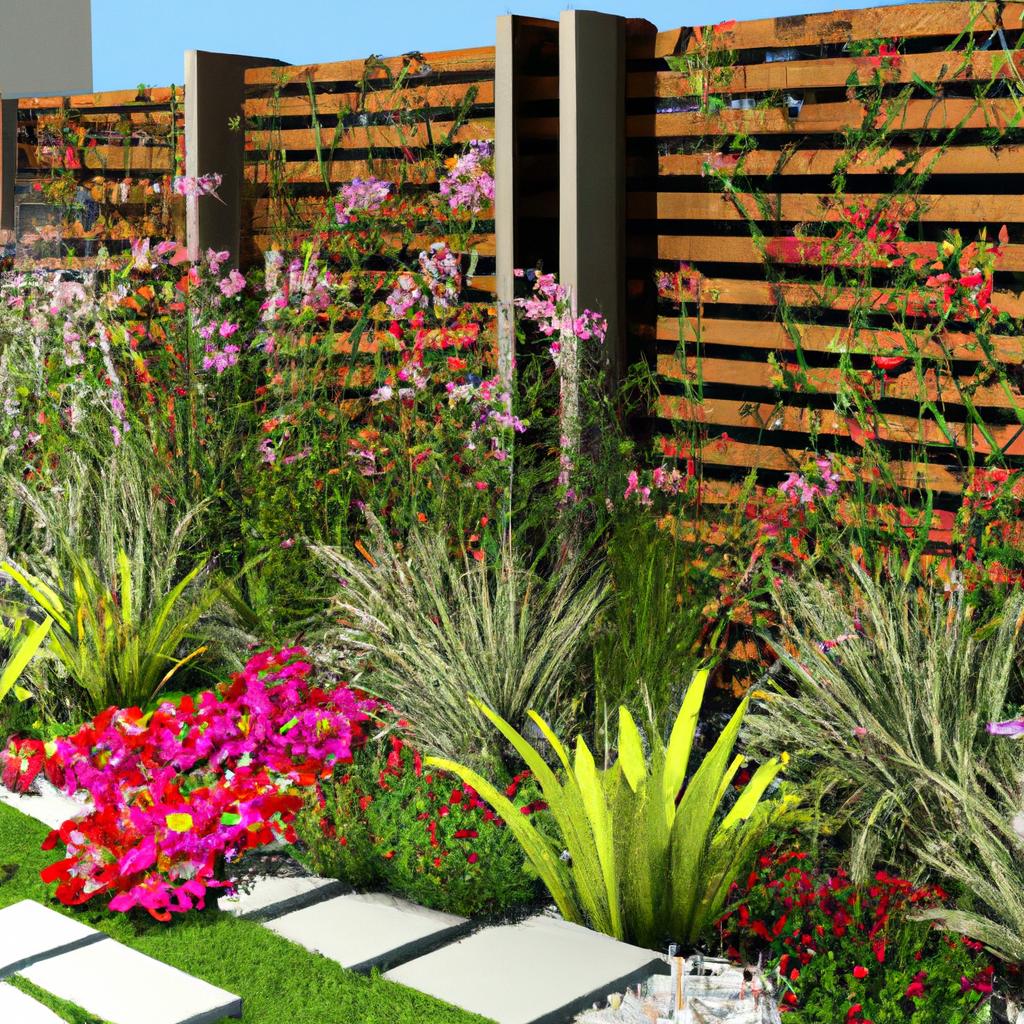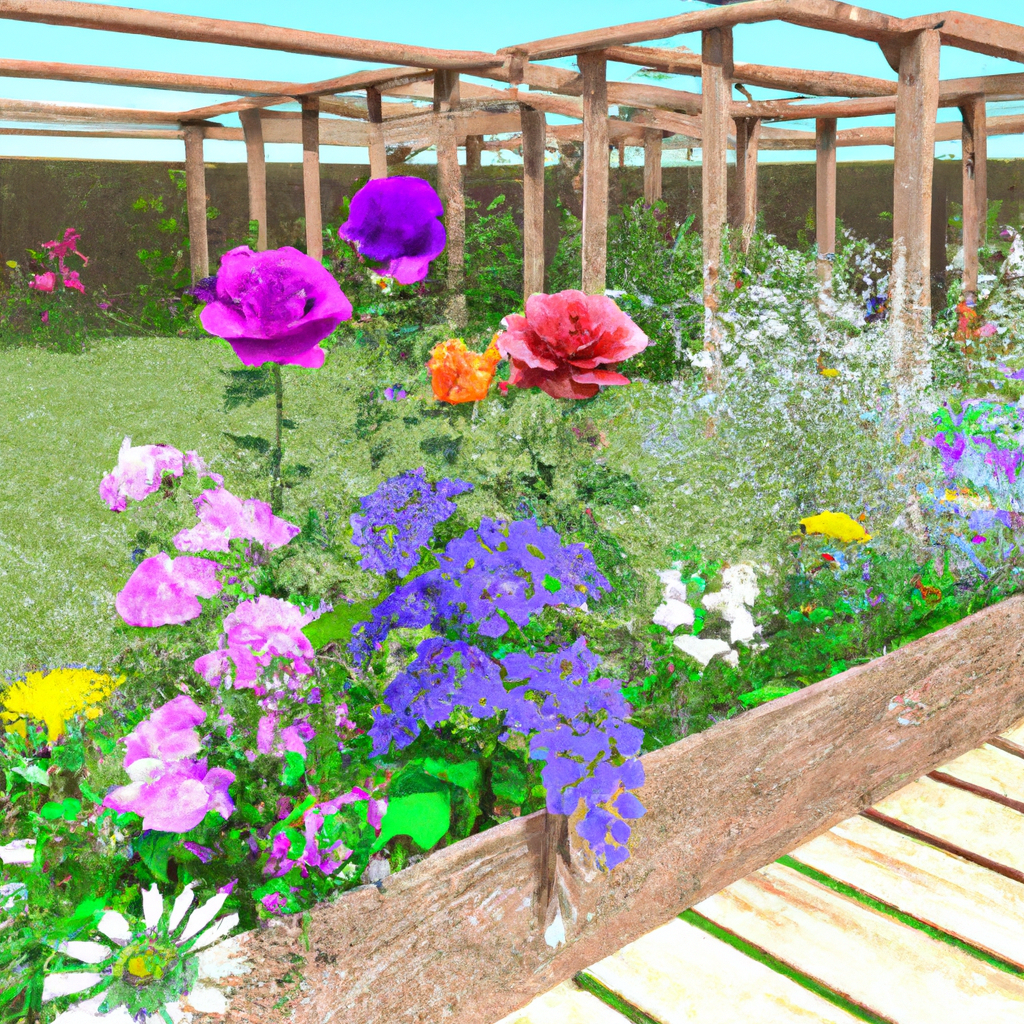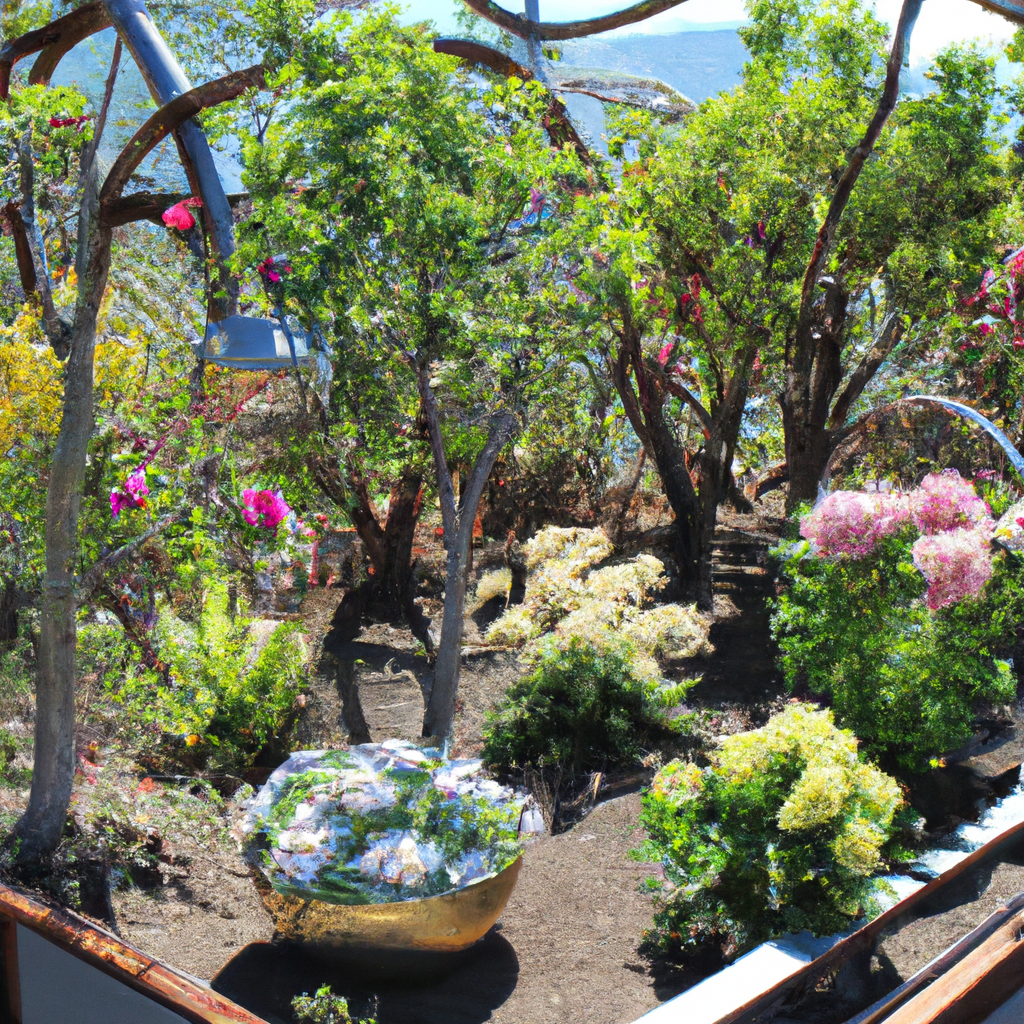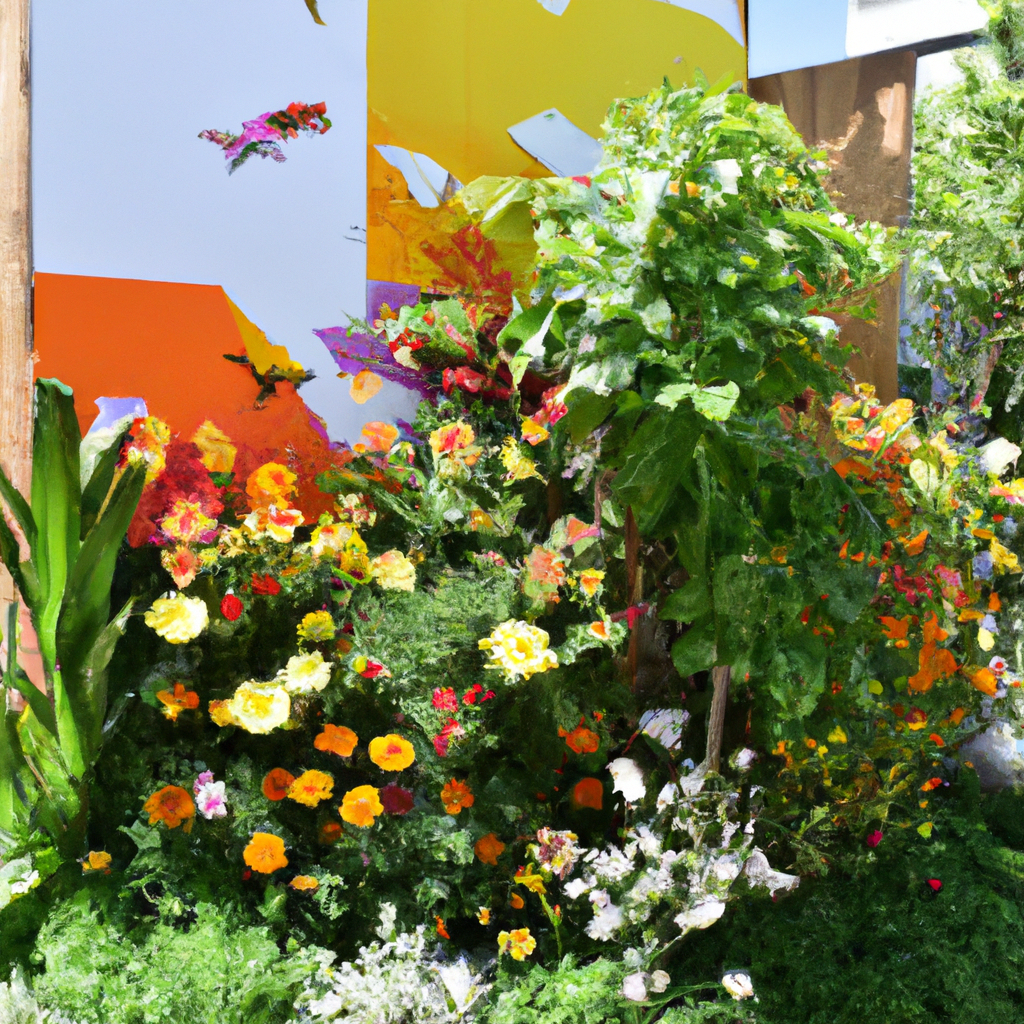[ad_1]
Breathing Life into Concrete: Exploring the Benefits of Vertical Gardens
In urban landscapes often dominated by concrete and steel, the concept of vertical gardens, or green walls, has emerged as a refreshing solution to combat environmental challenges and enhance aesthetic appeal. These innovative installations not only breathe life into otherwise stark urban environments but also offer a myriad of benefits that extend beyond mere beauty. As cities continue to grow and evolve, vertical gardens present a sustainable approach to urban design that can revolutionize the way we interact with our living spaces.
What are Vertical Gardens?
Vertical gardens are systems that allow plants to grow on vertical surfaces, utilizing structures such as walls, fences, and even buildings. This innovative approach to gardening can take on various forms, from modular panels pre-planted with a variety of flora to hydroponic systems that require minimal soil. The concept was popularized by French botanist Patrick Blanc in the 1980s, but has since gained traction worldwide, with installations ranging from small residential projects to grand public installations.
Environmental Benefits
-
Air Quality Improvement: Vertical gardens are natural air purifiers. Plants absorb carbon dioxide and release oxygen, improving air quality in densely populated areas. They also filter out pollutants and particulate matter, contributing to a healthier urban atmosphere.
-
Urban Heat Island Mitigation: Cities tend to be warmer than their rural counterparts, a phenomenon known as the urban heat island effect. Vertical gardens can help mitigate this by cooling the air through the process of evapotranspiration. By reducing the ambient temperature, these gardens can lower energy costs associated with air conditioning in nearby buildings.
-
Biodiversity Enhancement: Vertical gardens create habitats for various species, including birds, insects, and beneficial microorganisms. By integrating diverse plant species, these gardens can foster urban biodiversity, promoting a more resilient ecosystem within city limits.
-
Stormwater Management: Green walls can absorb rainwater, which helps in reducing runoff and lessening the burden on urban drainage systems. This natural absorption process can mitigate flooding and improve the management of stormwater, contributing to a healthier urban water cycle.
Aesthetic and Psychological Benefits
-
Visual Appeal: Vertical gardens transform dull, lifeless surfaces into vibrant, lush landscapes. They can be tailored to fit any architectural style, enhancing the visual appeal of buildings, parks, and public spaces. The infusion of greenery creates a more inviting and pleasant atmosphere for residents and visitors alike.
-
Mental Health Improvement: The presence of greenery has been shown to have a positive impact on mental well-being. Vertical gardens can reduce stress, increase feelings of relaxation, and promote overall emotional health. Studies indicate that exposure to nature can enhance creativity and improve cognitive function, making green walls a valuable addition to workplaces and educational institutions.
-
Community Engagement: Vertical gardens can serve as focal points for community interaction. They can be designed as collaborative spaces where residents participate in gardening, fostering a sense of community and connection to nature. Such initiatives can also promote environmental awareness and sustainability practices within neighborhoods.
Practical Considerations
While the benefits of vertical gardens are numerous, there are practical considerations that must be addressed to ensure their successful implementation. Selecting the right plants is crucial, as factors such as climate, sunlight, and maintenance requirements will dictate plant choices. Additionally, proper irrigation and drainage systems must be installed to prevent water damage to building structures.
Sustainability should be at the forefront of vertical garden design. Utilizing native plants can enhance biodiversity and reduce water consumption, while the use of recycled materials in construction can further minimize environmental impact.
Conclusion
As urbanization continues to redefine our living spaces, vertical gardens emerge as a powerful tool to combat the challenges of city life. By infusing nature into concrete jungles, these green structures not only enhance aesthetic appeal but also contribute to environmental sustainability and community well-being. As we strive to create more livable cities, embracing the concept of vertical gardens may very well be one of the most impactful steps we can take. With each green wall we build, we breathe life into our surroundings, fostering a healthier, more vibrant urban future.
[ad_2]




